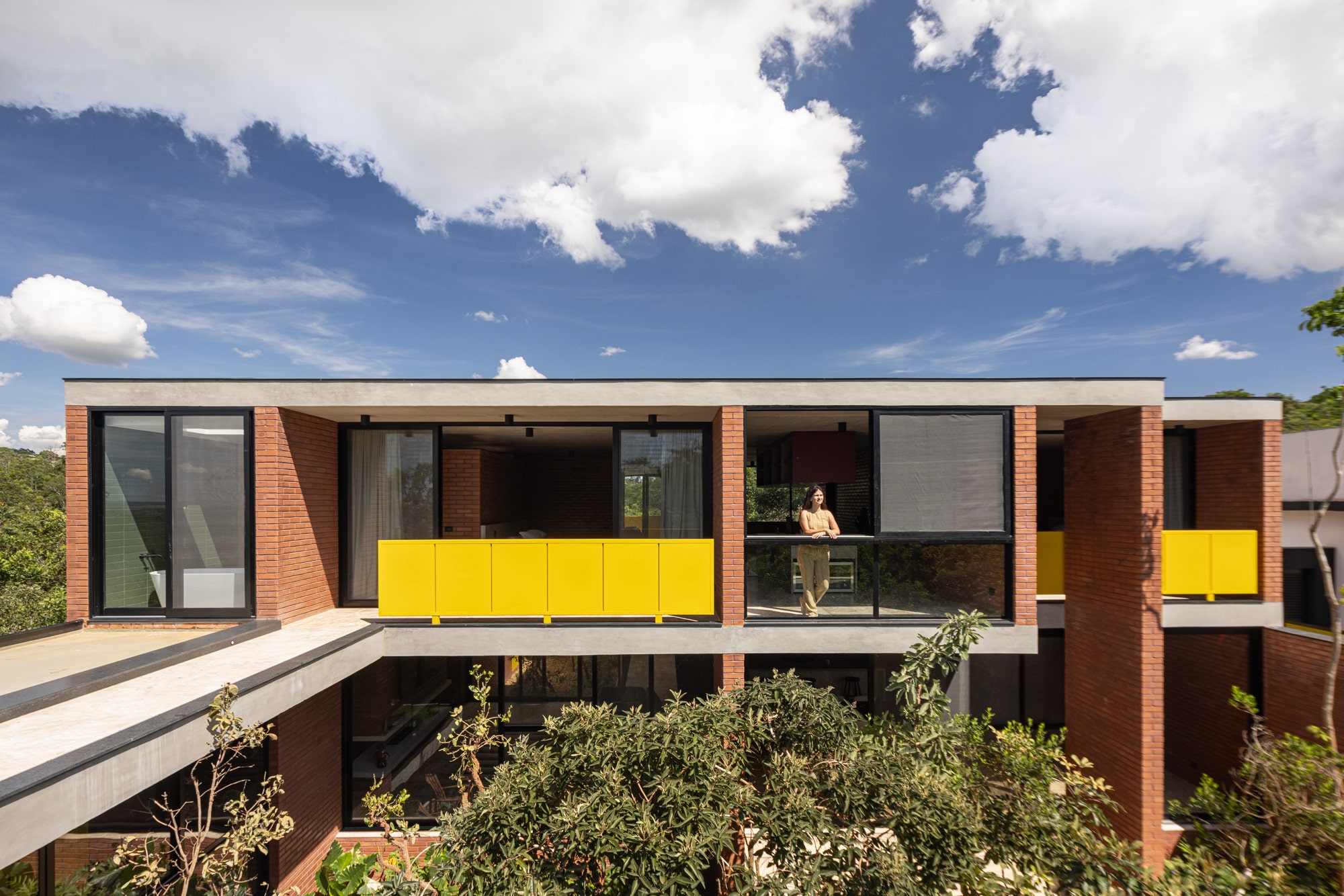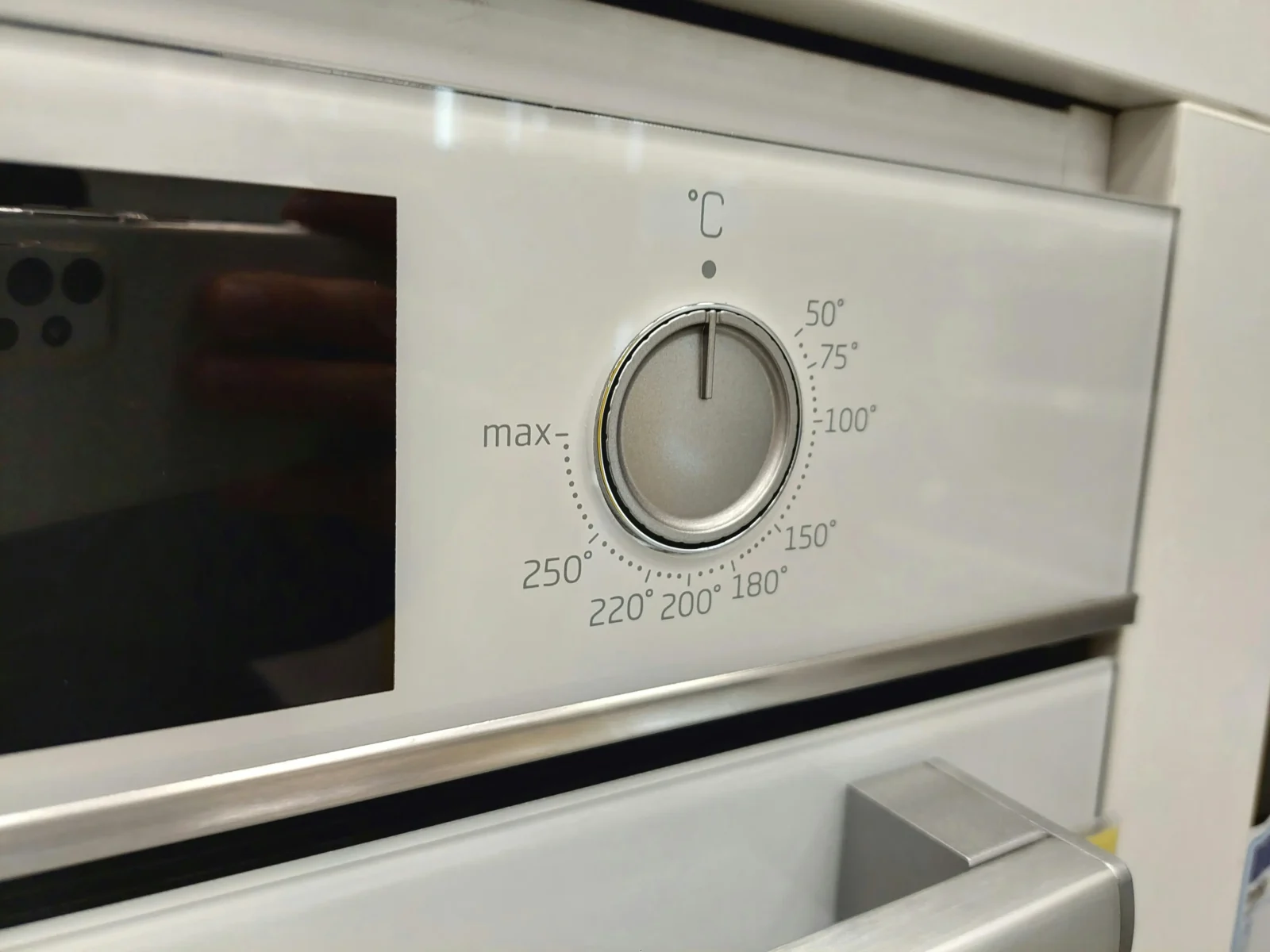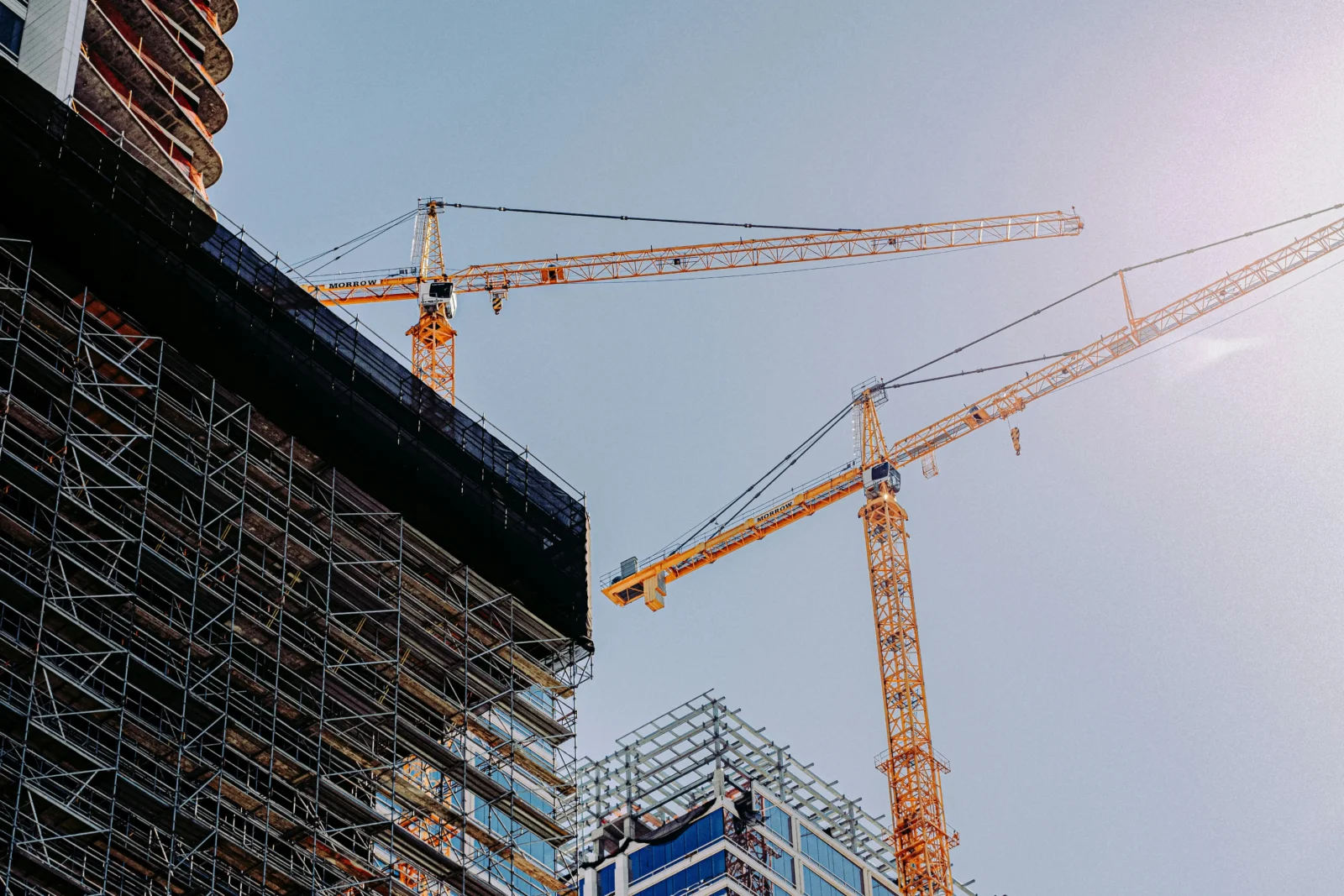- Home
- Articles
- Architectural Portfolio
- Architectral Presentation
- Inspirational Stories
- Architecture News
- Visualization
- BIM Industry
- Facade Design
- Parametric Design
- Career
- Landscape Architecture
- Construction
- Artificial Intelligence
- Sketching
- Design Softwares
- Diagrams
- Writing
- Architectural Tips
- Sustainability
- Courses
- Concept
- Technology
- History & Heritage
- Future of Architecture
- Guides & How-To
- Art & Culture
- Projects
- Interior Design
- Competitions
- Jobs
- Store
- Tools
- More
- Home
- Articles
- Architectural Portfolio
- Architectral Presentation
- Inspirational Stories
- Architecture News
- Visualization
- BIM Industry
- Facade Design
- Parametric Design
- Career
- Landscape Architecture
- Construction
- Artificial Intelligence
- Sketching
- Design Softwares
- Diagrams
- Writing
- Architectural Tips
- Sustainability
- Courses
- Concept
- Technology
- History & Heritage
- Future of Architecture
- Guides & How-To
- Art & Culture
- Projects
- Interior Design
- Competitions
- Jobs
- Store
- Tools
- More
3D Scan-to-Demo: How Point Clouds Slash Project Risk

The marriage between advanced scanning technology and demolition contractor services has revolutionized how architects and engineers approach complex teardown projects. Modern demolition contractor teams now leverage 3D scanning and point cloud technology to transform what was once educated guesswork into precise, data-driven decision-making processes. Like a surgeon using MRI scans before operating, today’s demolition specialists can peer inside buildings with millimeter accuracy, identifying structural complexities, utility networks, and potential hazards before the first sledgehammer swings.
This technological evolution represents more than just fancy gadgets, it fundamentally changes how design teams collaborate with demolition contractors to minimize project risks and optimize outcomes. Strategic demolition planning now begins with comprehensive digital documentation, while 3D scanning technology enables architects to maintain precise records of existing conditions before transformation begins. The result is a seamless integration between documentation, planning, and execution that dramatically reduces costly surprises during demolition phases.
Table of Contents
ToggleDigital Twins Meet Demolition Reality
Point cloud technology transforms physical buildings into digital twins with unprecedented precision, capturing millions of measurement points that reveal every structural detail, utility location, and architectural nuance. Think of it as creating a detailed anatomical map of a building’s DNA, where each point contains crucial information about materials, dimensions, and spatial relationships. This digital foundation enables demolition contractors to plan their approach with surgical precision, identifying load-bearing elements, utility pathways, and potential complications before work begins.
The scanning process itself resembles a choreographed dance between technology and expertise. Laser scanners rotate methodically through spaces, emitting millions of laser pulses that bounce back to create incredibly detailed three-dimensional representations. These devices can capture an entire room in minutes, generating point clouds with accuracy levels measured in millimeters rather than inches. The resulting digital models provide demolition teams with x-ray vision into building structures, revealing hidden elements that traditional surveys might miss.
Modern scanning equipment has evolved far beyond bulky, expensive systems that required specialized operators. Today’s handheld scanners and even smartphone-based apps enable rapid data collection that integrates seamlessly with standard architectural workflows. This democratization of scanning technology means that even smaller demolition projects can benefit from precise digital documentation, leveling the playing field for firms of all sizes.
Risk Mitigation Through Predictive Analysis
Point cloud data functions like a crystal ball for demolition planning, enabling teams to predict and prevent problems that traditionally caught projects off guard. By analyzing the digital twin before physical work begins, demolition contractors can identify structural dependencies, utility conflicts, and material compositions that inform safer, more efficient teardown strategies. This predictive capability transforms demolition from a reactive process into a proactive one, where potential issues are resolved digitally before they become expensive field problems.
Environmental hazard identification represents one of the most valuable applications of pre-demolition scanning. Asbestos-containing materials, lead paint, and other hazardous substances can be mapped and tagged within the point cloud, enabling specialized removal protocols to be planned and budgeted accurately. This digital documentation also provides crucial evidence for regulatory compliance, demonstrating that proper procedures were followed throughout the project lifecycle.
Structural analysis becomes remarkably sophisticated when working with detailed point cloud data. Engineers can analyze load paths, identify critical support elements, and plan demolition sequences that maintain structural integrity throughout the teardown process. This level of analysis prevents catastrophic failures while optimizing the sequence of operations for maximum efficiency and safety.

Collaborative Workflows and Communication Enhancement
Point cloud technology creates a common visual language that bridges communication gaps between architects, engineers, demolition contractors, and project stakeholders. Instead of relying on traditional drawings that may not reflect current conditions, all team members can reference the same precise digital model when discussing project requirements and constraints. This shared visual foundation eliminates misunderstandings and ensures that everyone operates from identical information.
The collaborative benefits extend throughout the project lifecycle, from initial planning through final cleanup. Architects can overlay new design proposals onto existing point cloud data, visualizing how new construction will integrate with retained elements. Demolition contractors can markup the digital model to highlight their planned approach, enabling early identification of potential conflicts or optimization opportunities. This visual collaboration process streamlines decision-making and reduces the iterative cycles that traditionally plague complex projects.
Documentation capabilities provide another layer of value for project teams. Progress can be tracked by comparing periodic scans against the original baseline, creating visual proof of work completed and conditions revealed. This documentation serves multiple purposes, from billing verification to regulatory compliance to historical preservation of building conditions before transformation.
Technology Integration and Workflow Optimization
The integration of point cloud data with Building Information Modeling (BIM) platforms creates powerful workflows that enhance both planning and execution phases. Scanning data can be imported directly into popular design software, enabling architects to model new designs around existing conditions with unprecedented accuracy. This scan-to-BIM process eliminates traditional field measurement tasks while providing a level of detail that manual surveys cannot match.
Mobile scanning technologies have revolutionized field data collection, enabling real-time capture and analysis that keeps pace with project timelines. Tablet-based scanning systems allow demolition contractors to document conditions as work progresses, creating an ongoing record of discoveries and changes. This immediate documentation capability enables rapid response to unexpected conditions while maintaining comprehensive project records.
Cloud-based collaboration platforms amplify the benefits of digital scanning by enabling remote access to project data from any location. Team members can review, analyze, and markup scan data without being physically present at the site, accelerating decision-making processes and reducing travel requirements. This distributed collaboration capability has become particularly valuable as project teams increasingly operate across multiple locations.
Cost Control and Budget Optimization
Point cloud technology transforms demolition cost estimation from an art into a science, providing precise material quantities and spatial measurements that enable accurate budget development. Traditional estimating methods rely heavily on assumptions and safety factors that often lead to significant cost overruns or underbids. Digital scanning eliminates much of this uncertainty by providing exact measurements and comprehensive documentation of existing conditions.
Material quantification becomes remarkably precise when working with point cloud data. Volume calculations for debris removal, material classifications for recycling and disposal, and equipment access requirements can all be determined accurately from the digital model. This precision enables demolition contractors to provide more competitive and accurate bids while reducing the contingency factors that traditionally inflated project costs.
Change order mitigation represents another significant financial benefit of pre-demolition scanning. By documenting existing conditions comprehensively before work begins, project teams can distinguish between genuine unforeseen conditions and elements that should have been anticipated. This documentation protects both contractors and clients from disputed charges while encouraging thorough planning that reduces surprise discoveries.
Future-Forward Applications and Emerging Trends
Artificial intelligence and machine learning algorithms are beginning to analyze point cloud data automatically, identifying structural elements, material types, and potential hazards without human interpretation. These AI-powered analysis tools promise to accelerate the planning process while improving the consistency and accuracy of condition assessments. As these technologies mature, they will enable even more sophisticated predictive analysis and automated planning capabilities.
Virtual and augmented reality applications are transforming how project teams interact with point cloud data, enabling immersive exploration of existing conditions before demolition begins. VR walkthroughs allow stakeholders to experience spaces virtually, facilitating more informed decision-making about what should be preserved, modified, or removed. AR applications overlay digital information onto physical spaces, providing field teams with enhanced situational awareness during demolition operations.
Drone-based scanning technologies are expanding the scope of digital documentation to include entire building exteriors and surrounding contexts. These aerial surveys provide comprehensive site documentation that enhances safety planning and logistics coordination. Combined with interior scanning, drone surveys create complete digital records that support holistic project planning and execution.
Implementation Strategies for Design Professionals
Successful integration of scanning technology into demolition workflows requires strategic planning and team coordination. Design professionals should establish scanning protocols early in project planning, ensuring that data collection occurs at optimal times and covers all relevant areas. This proactive approach maximizes the value of scanning investments while providing comprehensive documentation for downstream processes.
Training and education represent critical success factors for teams adopting scanning technologies. While modern scanning equipment has become increasingly user-friendly, maximizing its potential requires understanding of both the technology and its applications. Investment in team training pays dividends through improved data quality, more efficient workflows, and better integration with existing design processes.
Quality control procedures ensure that scanning data meets project requirements and maintains accuracy standards throughout the workflow. Regular calibration checks, data validation protocols, and backup procedures protect project teams from data loss or corruption that could derail project timelines. These quality control measures become particularly important as projects scale up and involve multiple scanning sessions over extended periods.
The evolution of scanning technology from specialized luxury to standard practice represents a fundamental shift in how demolition projects are planned and executed. As costs continue to decrease and capabilities expand, point cloud documentation is becoming as routine as traditional surveying once was. Design professionals who embrace these technologies now position themselves advantageously for a future where digital documentation becomes the industry standard rather than a competitive differentiator.
illustrarch is your daily dose of architecture. Leading community designed for all lovers of illustration and #drawing.
Submit your architectural projects
Follow these steps for submission your project. Submission FormLatest Posts
Dependable Service for Everyday Appliance Problems
When a washer stalls mid-cycle or a fridge warms up, you need...
8 Essential Web-Based Mapping Tools for Modeling Sea Level Rise and Flood Impacts
As climate change accelerates, flood risk and sea level rise have become...
How Sydney’s Architecture Responds to Climate, Light, and Lifestyle
Sydney’s architecture has never been driven by form alone. It evolves through...
Shipping Containers as Functional Infrastructure on Construction Sites
Construction sites are temporary by definition, yet the systems that support them...












Leave a comment